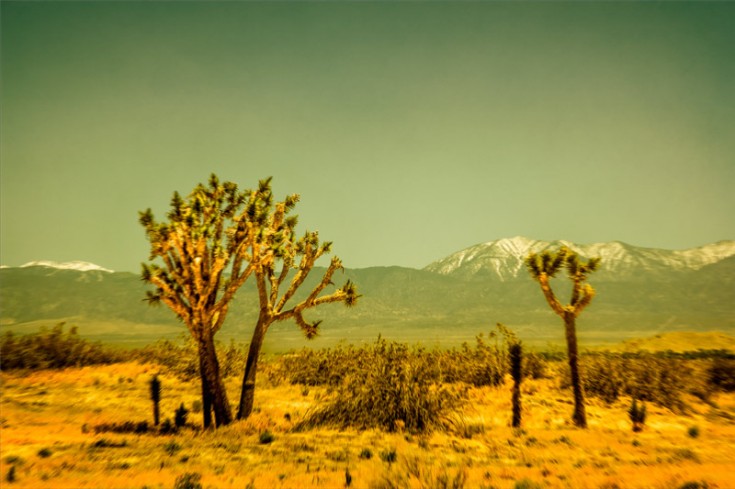Desert Woodland
In the years before the large migration of settlers, farmers, and ranchers from the Eastern and Midwest states, many parts of the western Mojave Desert were covered by unique “desert woodland” forests. Thriving Joshua and juniper trees were accompanied by a thick undergrowth of buckwheat, beavertail cactus, and sage. Knowing little or nothing about the local ecosystem, they mindlessly bulldozed thousands of acres of native habitat that had taken centuries to develop and was home to both native Americans and hundreds of species of mammals, birds, and insects. When their farms inevitably became unsustainable, vast acreage was sold off to real estate developers and no attempt was made to protect or restore what had been a thriving ecosystem only 50 years prior. Today, what little remains of this vast wilderness is located mostly in parts of Lancaster in the Antelope Valley. It is easy to forget just how much has been lost and what a tenuous hold there is on what little remains.

